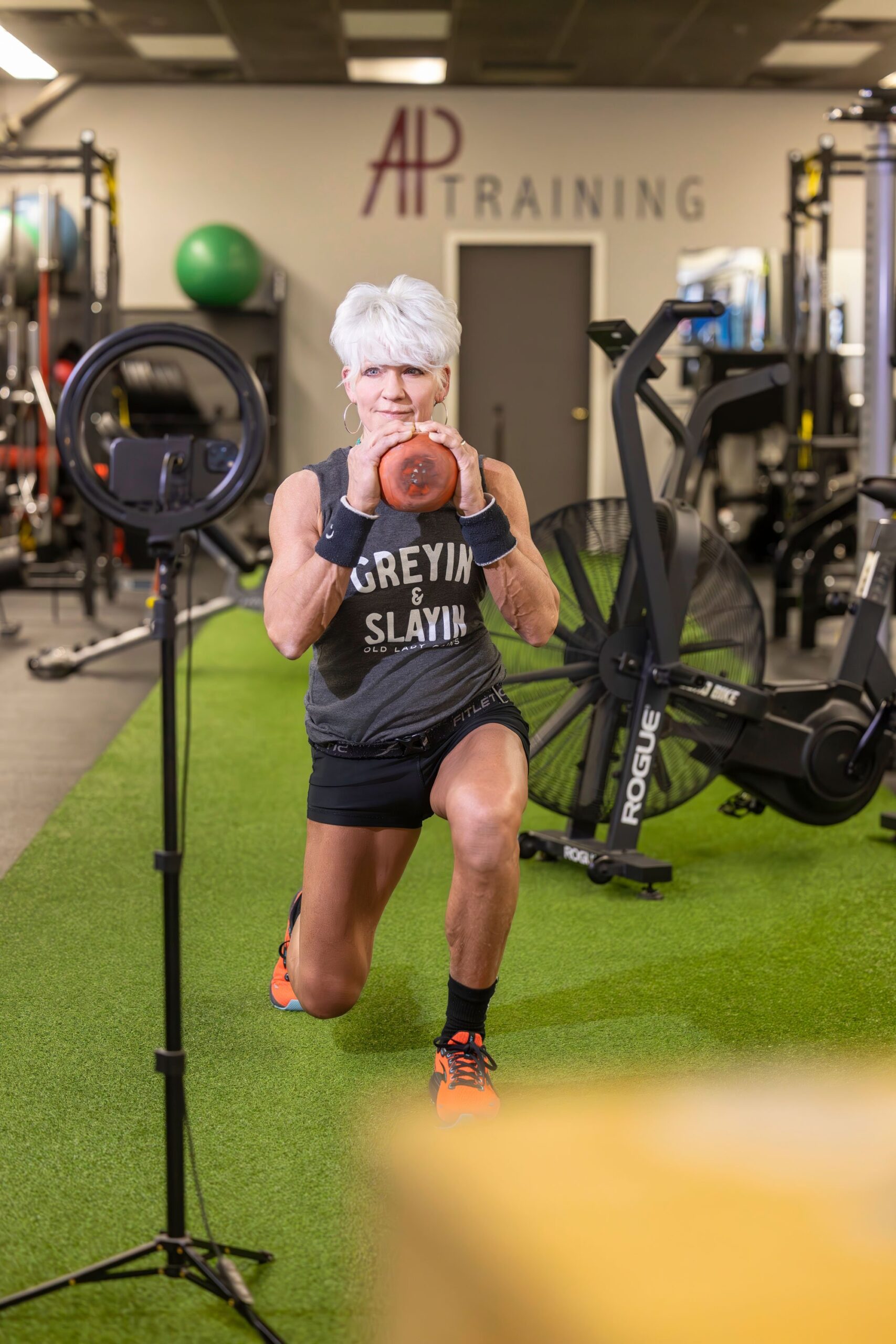Knee pain is an issue some seniors struggle with, especially those managing arthritis or other age-related conditions. Engaging in regular, low-impact exercises can be a helpful way to maintain knee health, improve mobility, and reduce discomfort. Here are safe and effective exercises specifically tailored for older adults:
Low-Impact Aerobic Exercises
Low-impact aerobic activities may help improve circulation, maintain joint flexibility, and reduce knee pain. Walking at a steady pace and stationary cycling are two key options. These exercises engage the leg muscles while minimizing stress on the knee joints. Walking is straightforward and accessible, requiring only comfortable footwear. Consistency is helpful, so aim to do the exercises for some minutes every day and a few times per week. For those who prefer stationary cycling, it provides a similar aerobic benefit while allowing better control over resistance. Adjust the seat height to make sure the knees don’t bend beyond a 90-degree angle.
Gentle Stretching
Stretching exercises play a fundamental role in preventing stiffness and maintaining range of motion. To support the knee joint, focus on the hamstrings, quadriceps, and calf muscles. A simple hamstring stretch can be performed while sitting. Extend one leg straight out and point the toes upward while gently reaching toward the ankle. Hold this position for a few seconds before switching sides. Another effective option includes standing calf stretches where the hands are placed on a wall for support and one leg is stretched back to lengthen the calf muscles. Perform these stretches slowly and avoid bouncing movements. Stretching after a light warm-up or after your workout may prevent tightness and enhance flexibility over time.
Strengthening Exercises
Building strength in the muscles surrounding the knees, such as the quadriceps, hamstrings, and calves, aids joint stability. Seated leg extensions and calf raises are great beginner-level exercises. The seated leg extension targets the quadriceps. Sit on a chair with your feet flat on the floor. Slowly extend one leg outward until it is parallel to the ground, then lower it back down. Perform some repetitions for each leg, pausing between sets as needed.
Safety Guidelines to Prevent Injury
Engaging in exercises safely is a priority when managing knee health. Before starting a new routine, consult a healthcare professional to confirm that the activities suit your needs. Make sure to use proper form with each exercise to minimize strain on the knees. For instance, avoid overextending the joint or locking it during movements.
Warm up with gentle movements, such as light marching in place, and cool down afterward with stretching. Listen to your body. Stop any exercise if you feel sharp pain or discomfort. Progress gradually and focus on consistency rather than pushing too hard. Balance is also key, so use assistive devices or sturdy supports when necessary to prevent falls.
Explore Ways to Manage Knee Pain
Maintaining knee health is achievable with consistent, low-impact exercise tailored to your age and fitness level. Focusing on aerobic activities, gentle stretching, and strengthening exercises provides a strong foundation for reducing knee pain and improving mobility. By building these habits over time, older adults can experience the benefits of improved knee function and increased independence. Consult a physical therapist or orthopedic expert for personalized guidance on preventing knee pain.









Leave a Reply